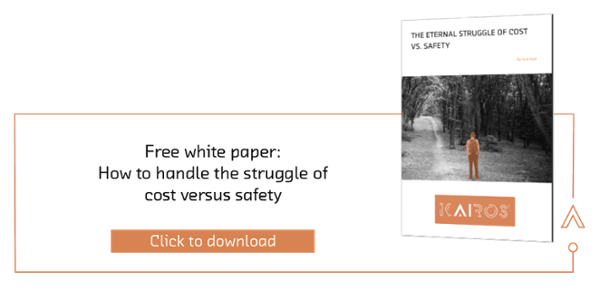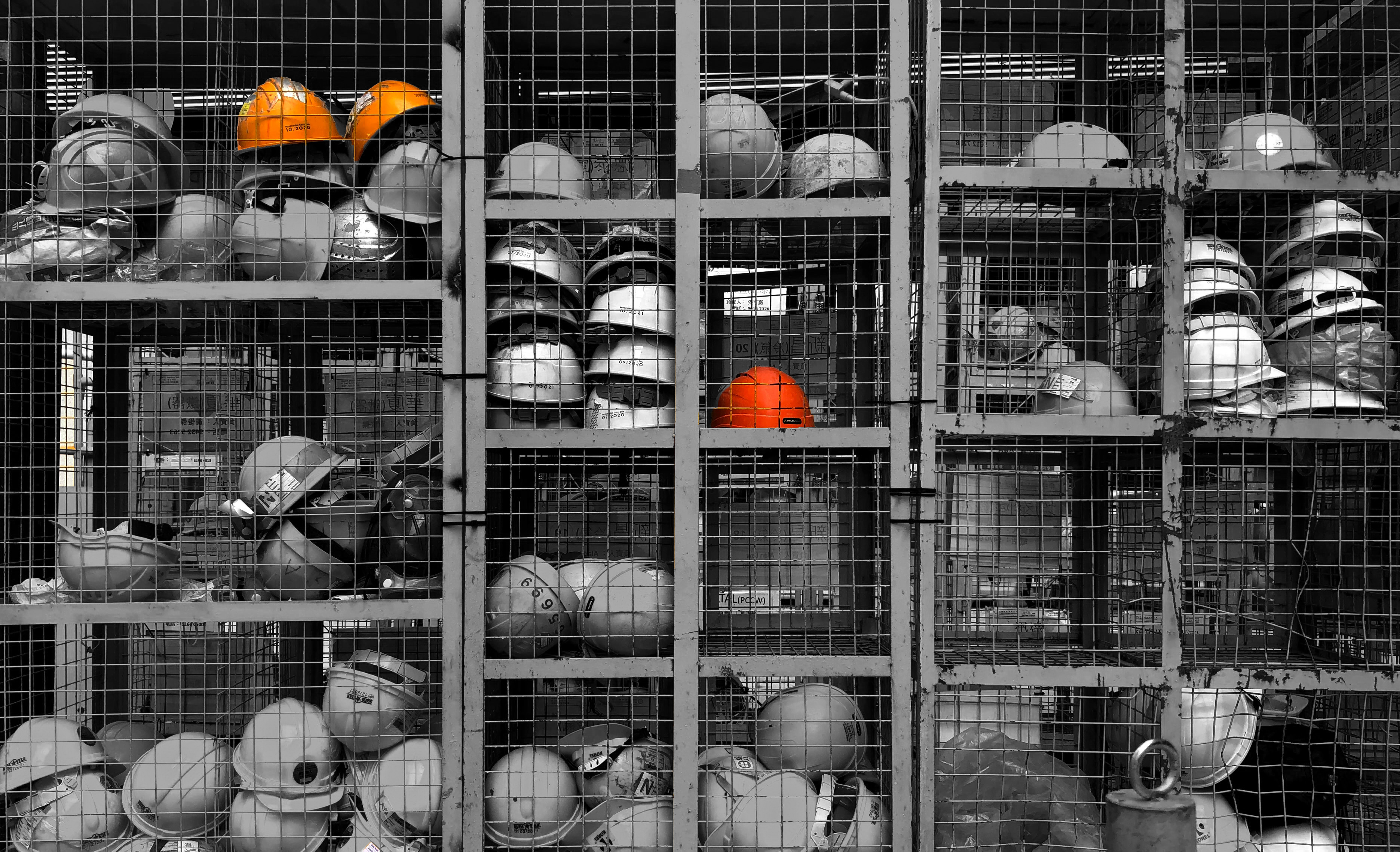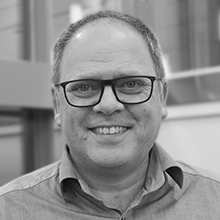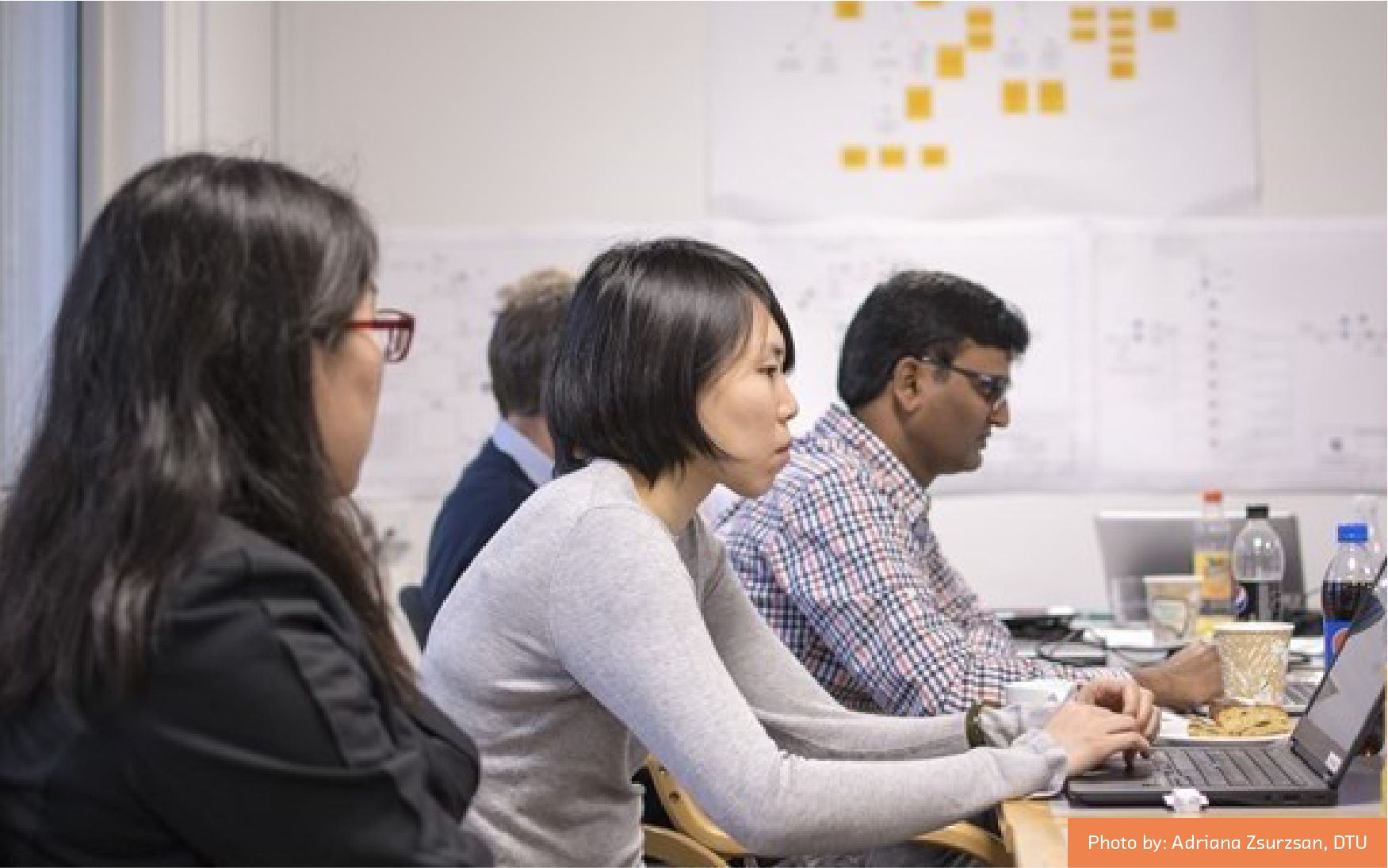Everyday life puts all of us in situations where we must make decisions, some of them concerning safety. Think about the last time you overtook another car. What kind of safety margins do need to decide to step on the gas?
When we operate in hazardous environments such as the processing industry or at an energy plant, we face this dilemma every day. There is a need of making decisions with operational, progress, safety, and cost impact. This is applicable throughout the entire lifetime of an asset and is equally difficult in multiple layers of the organization.
Safety during design and operation of assets
During design we make many decisions impacting safety. Do we design the control room for 2 or 3 control room operators? This will be a balance (or even compromise) between cost and safety as one of the countless examples.
Everyday operation of an assets will involve making these decisions daily. The control room operator receives hundreds of alarms from the control and safety system. Default response can clearly not be to stop and shut down production for every alarm.
How can we ensure that safety is the highest priority?
Realizing that we have to balance risk and consequences versus objectives, how can we ensure that safety really is put first? We know people differ and we have different levels of risk that we accept. Nevertheless, we should strive to establish a common “corporate” culture about safety. This needs to go beyond the countless posters stating Safety First. We have all seen them, pretty signs with statements like: Safety First, I am Safety, Safety is everybody’s job number 1, etc… I have seen the posters, even in a control room where the first reaction to a series of gas alarms was to inhibit all the detectors!
Making safety the priority is all about building a culture. If safety is the highest priority, it should be first on the agenda for every meeting. A few suggestions on how to build a safety culture:
- Defining responsibilities on all levels of the organization
- Creating a common vision
- Safety first on the agenda
- Safety metrics above the performance metrics
- Visible management doing safety rounds
- Hands-on training
- Support whoever demonstrates a safety mindset
- Share learnings and good examples
Building a culture is all about “walking the talk”. How can we claim that safety is the top priority if the re-HAZOP (Hazard and Operability Study) is long overdue? If the focus after the HAZOP report and findings are in place, is on closing the findings as fast as possible, rather than improving them. If operational procedures are not up to date? If there is a lack of training? Demonstrating and showing willingness to make the required investment is vital to building this culture. Again, this is all fine, but we also need to ensure that the understanding of risks and consequences are clear and common to everyone throughout the organization.
Sharing knowledge is to put safety first
Investigation with corresponding reports about near misses are performed, but the real challenge is to ensure that the knowledge is accumulated and used in the future. Sharing in e-mails and “hiding” information in excel worksheets gives an instant, but not lasting awareness, which is often lost.
To raise the level of learning to put safety first, there is a need of creating “real-time” awareness of risks and threats. We need better tools to ensure root causes are detected and recognized in real-time, to clearly show the treats and risks, and how a root cause can escalate into a potential hazardous situation. We cannot solve organizational learning through black-box machine learning dashboards. The ultimate solution is to combine design, operational experience with operational procedures. If you put safety first, you have to be willing to invest in the tools of the future.





.png)

